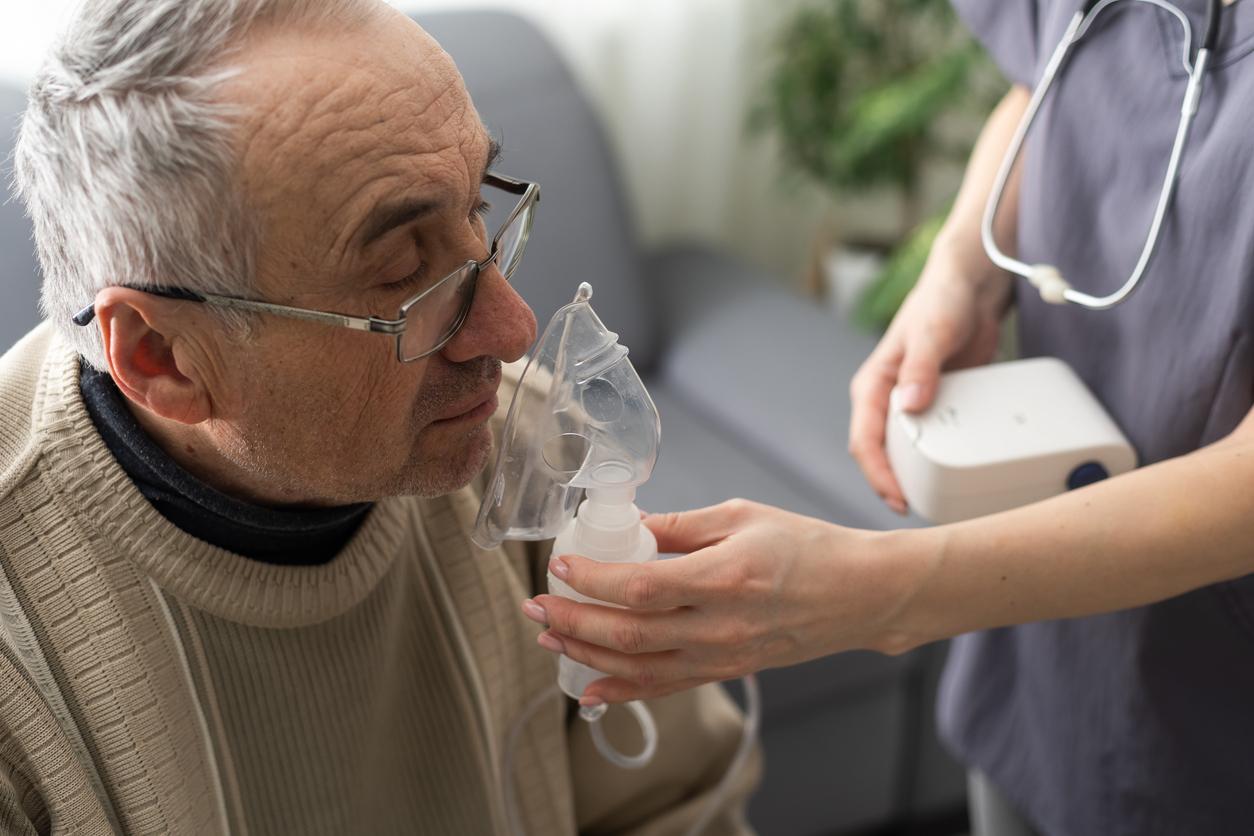In a new study, American researchers have formally identified a specific criterion to better diagnose people with chronic obstructive pulmonary disease (COPD) and chronic obstructive pulmonary disease.

Affecting nearly 4% of French people and responsible for 16,000 deaths each year, chronic obstructive pulmonary disease (COPD) is an inflammatory disease characterized by obstruction of the bronchi, cough and chronic expectoration.
This disease begins insidiously and most patients do not notice symptoms until it is well established. Partly to blame: the confusion around the best criteria to use in spirometry (the test for measuring lung function) to make the diagnosis of COPD.
But new research from the University of Alabama at Birmingham should help clarify these criteria in order to diagnose the disease earlier. In an article published in the Journal of the American Medical Association, the researchers claim to have found what was the most conclusive criterion for diagnosing respiratory obstruction. “Ongoing disagreement among experts over the best criteria for spirometry to diagnose airflow obstruction has resulted in a lack of clarity for clinicians,” says Dr. Surya Bhatt, lead author of the study. “Using a simple standard threshold has the potential to improve the diagnosis and treatment of this common disease.”
A more precise threshold for a better diagnosis
Currently, the American Thoracic Society’s leading guidelines recommend diagnosing airflow obstruction when the ratio of forced expiratory volume in one second (FEV1) to forced vital capacity (FVC) is below a set threshold. at 0.70. This means that during a forced expiration following a maximal inhalation, a normal person should be able to exhale at least 70% of their lung size or vital capacity in the first second.
However, so far there has been no rigorous evidence showing that 0.70 is the only optimal FEV1/FVC to define clinically significant airflow obstruction. This is now done with these new works.
To establish this threshold, researchers from the University of Alabama at Birmingham and Columbia University analyzed data from a large, multi-ethnic cohort of 24,207 adults in the United States. They then found that the threshold of 0.70 currently used was more accurate than other thresholds that define normal lung function and which are derived from reference populations. These results therefore support the continued use of FEV1/FVC <0.70 to identify people at risk for COPD earlier. "The symptoms of COPD are often non-specific. A precise diagnosis will help determine the most appropriate treatment, because it is also important to avoid unnecessary therapies", concludes the researcher.

.

















